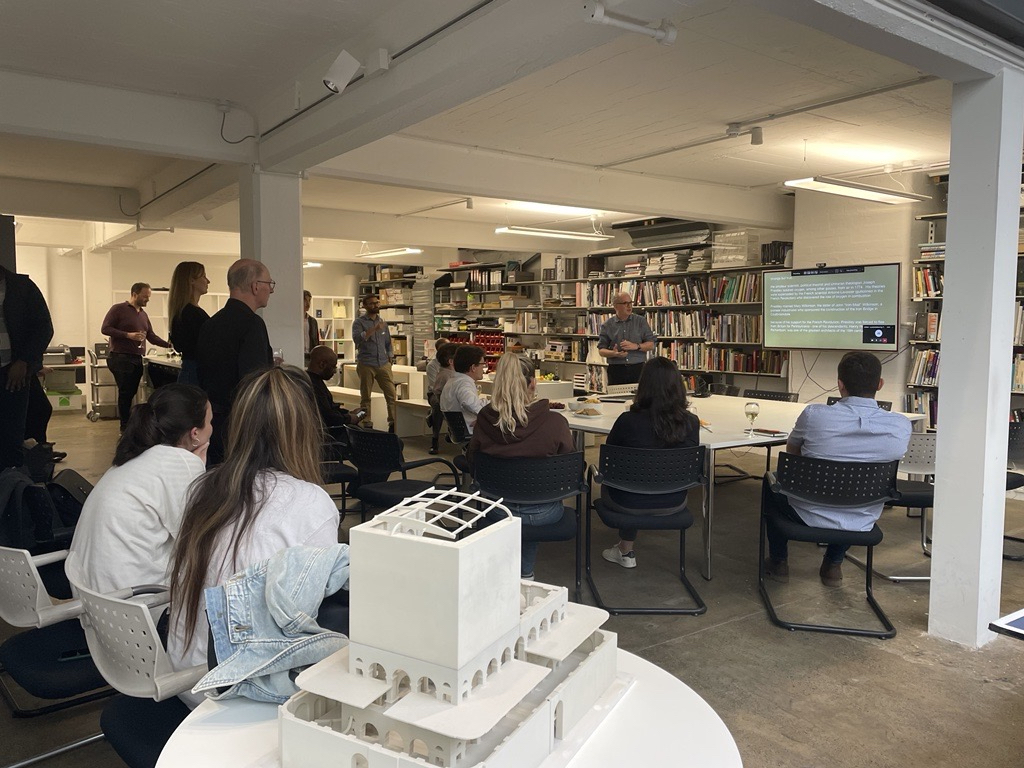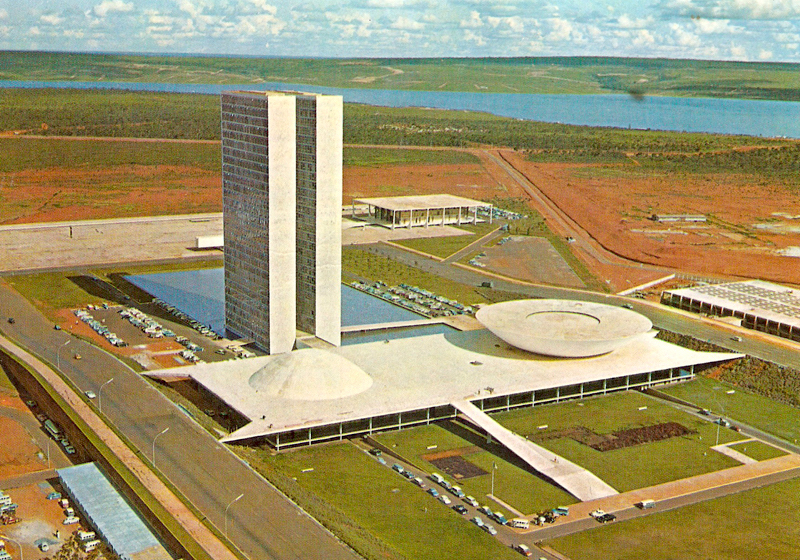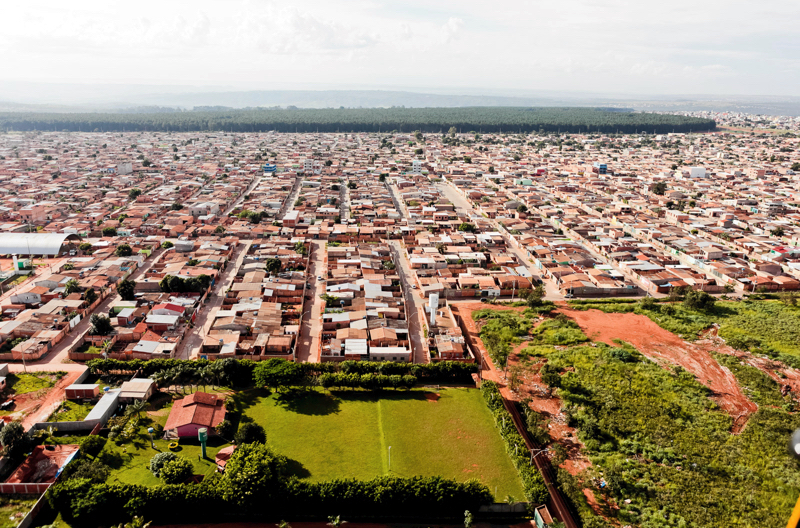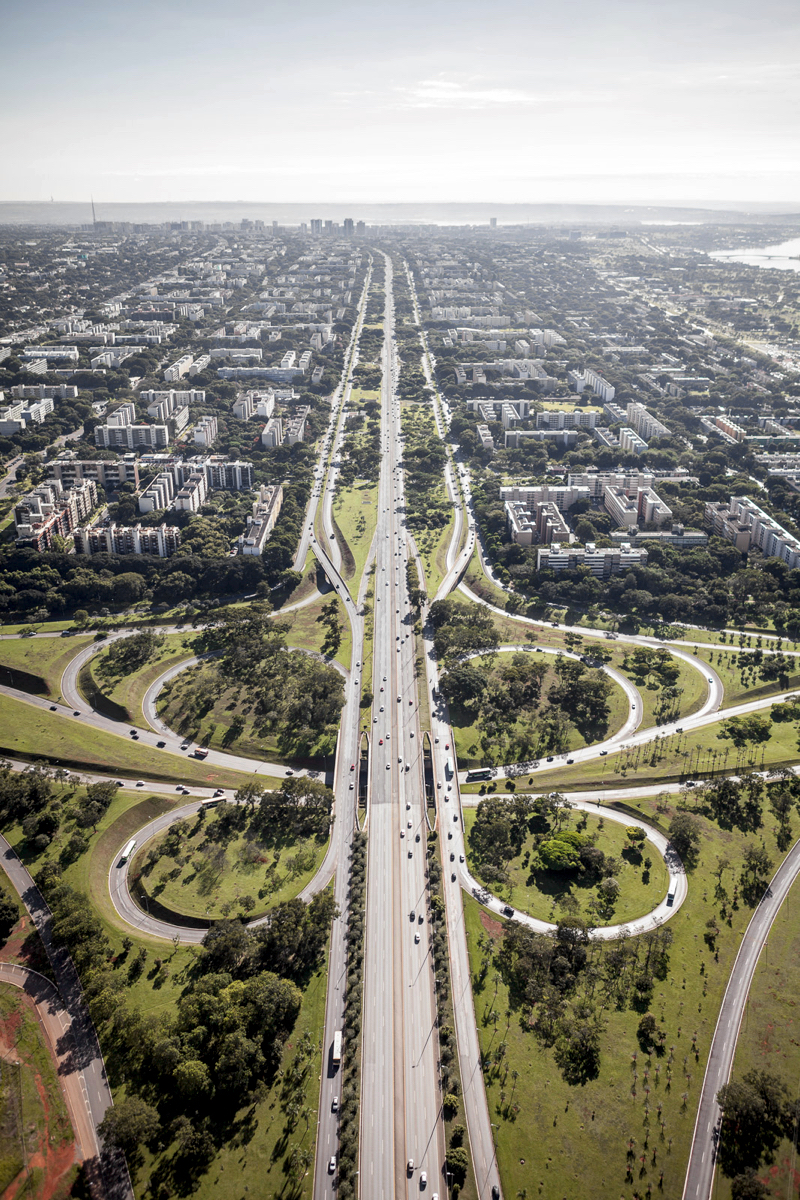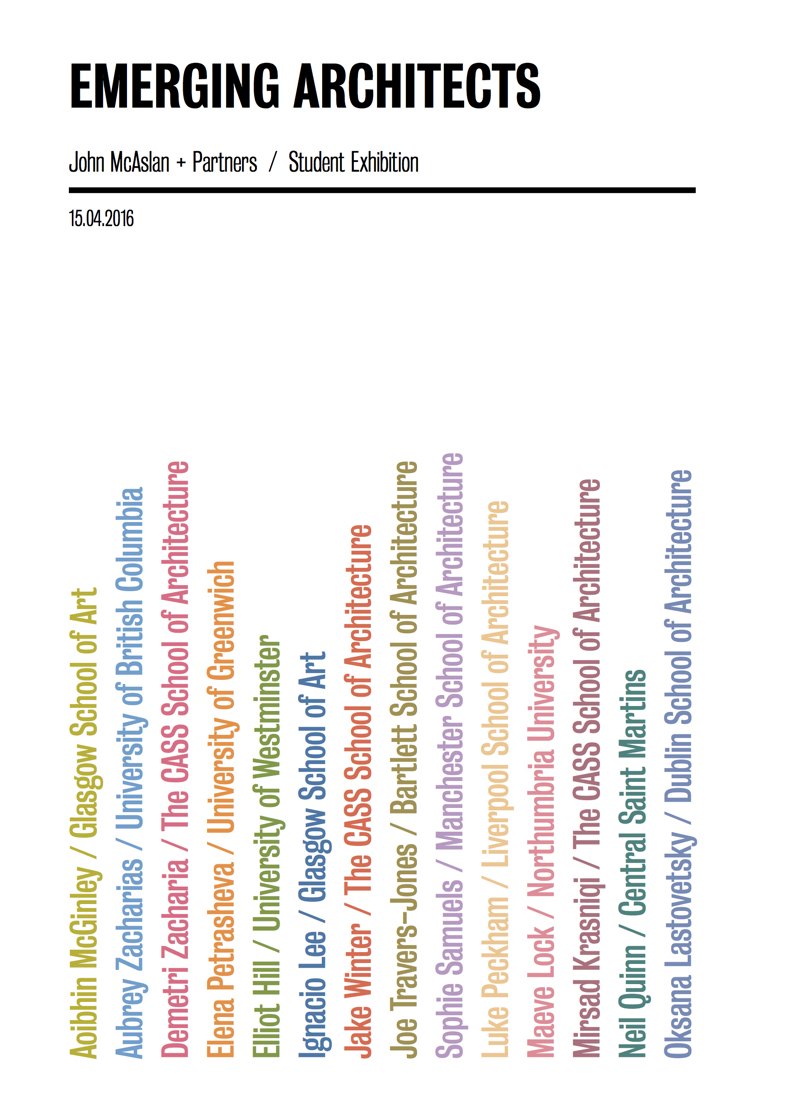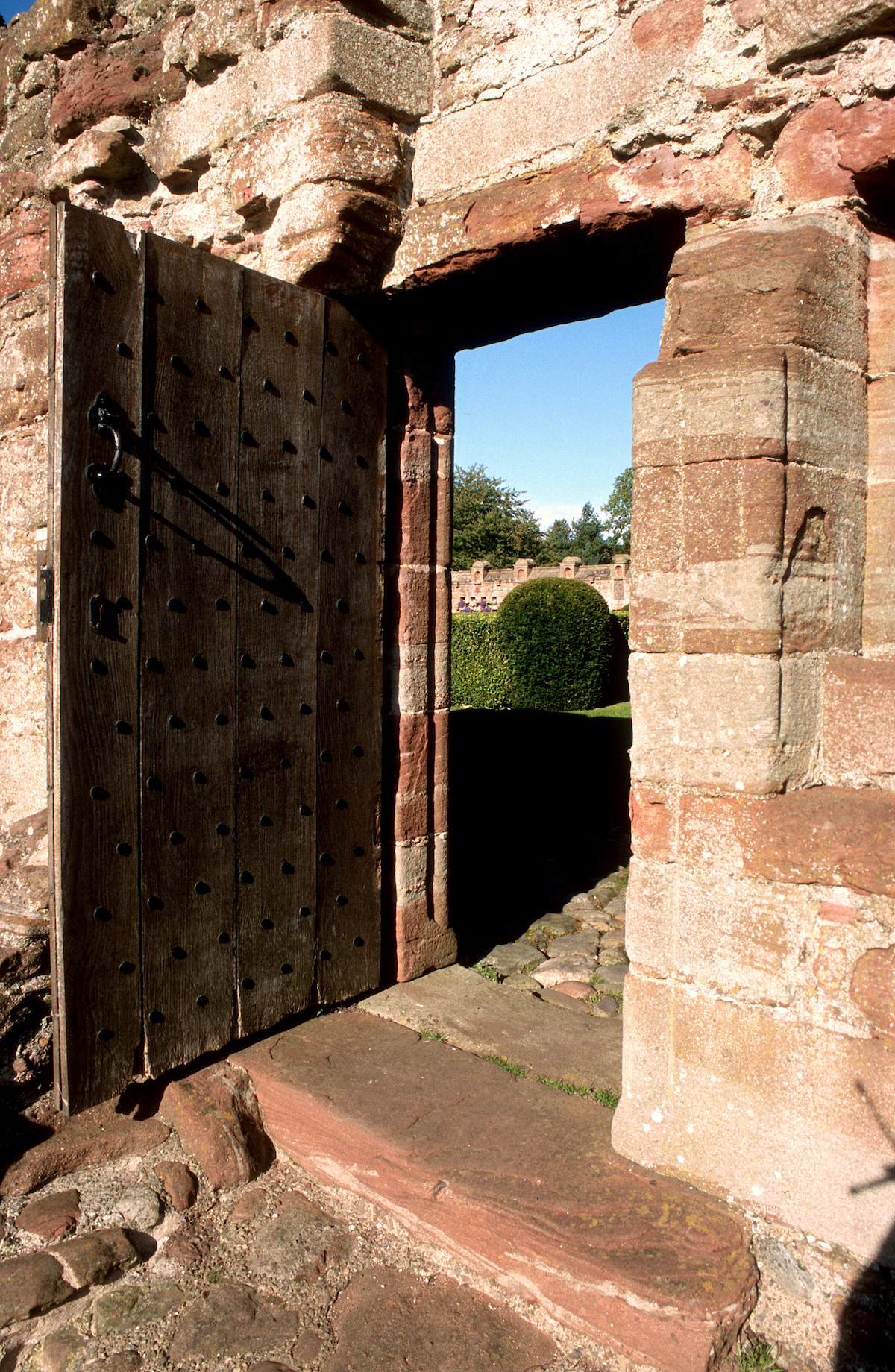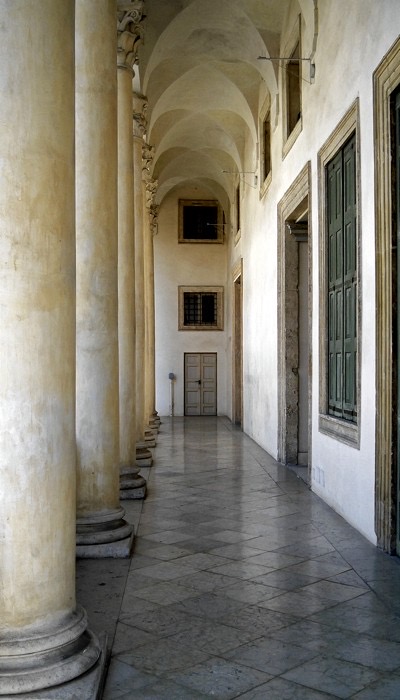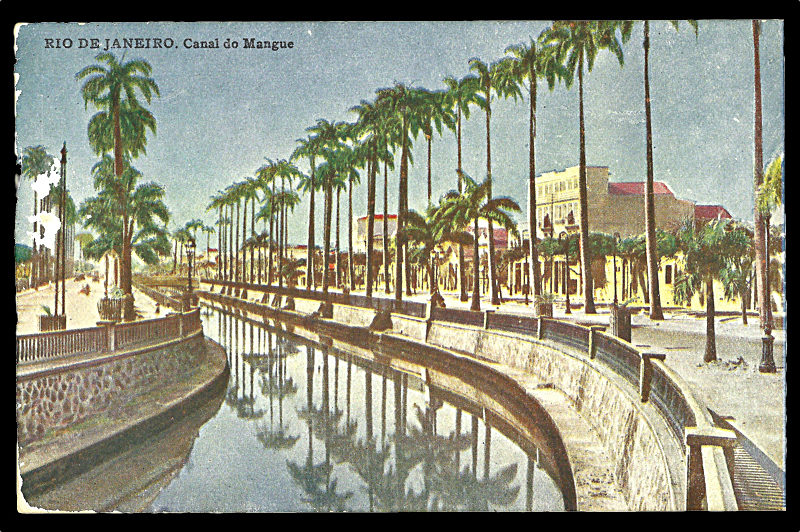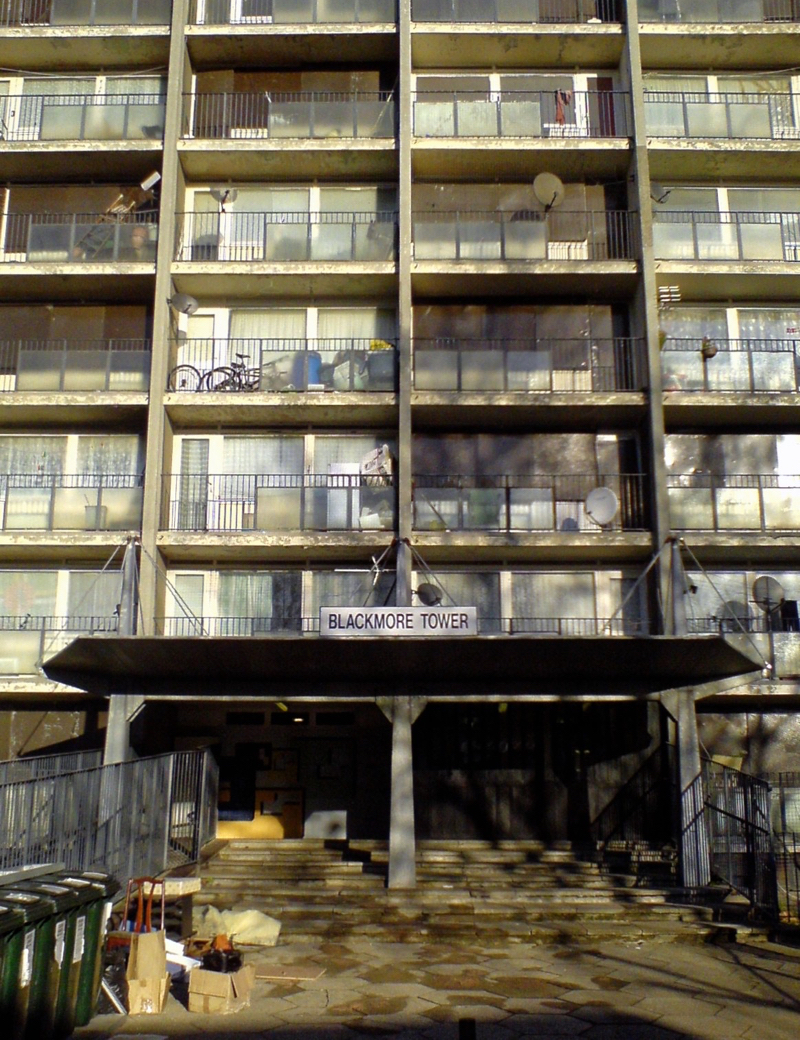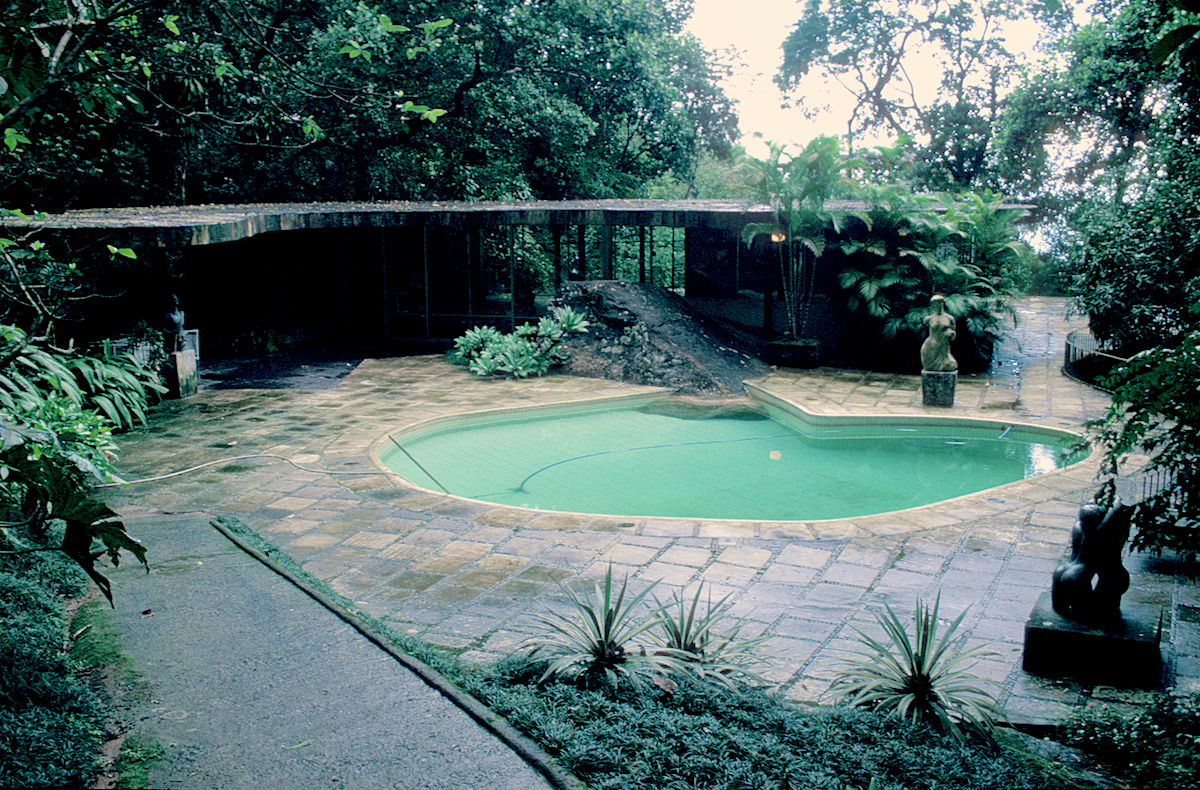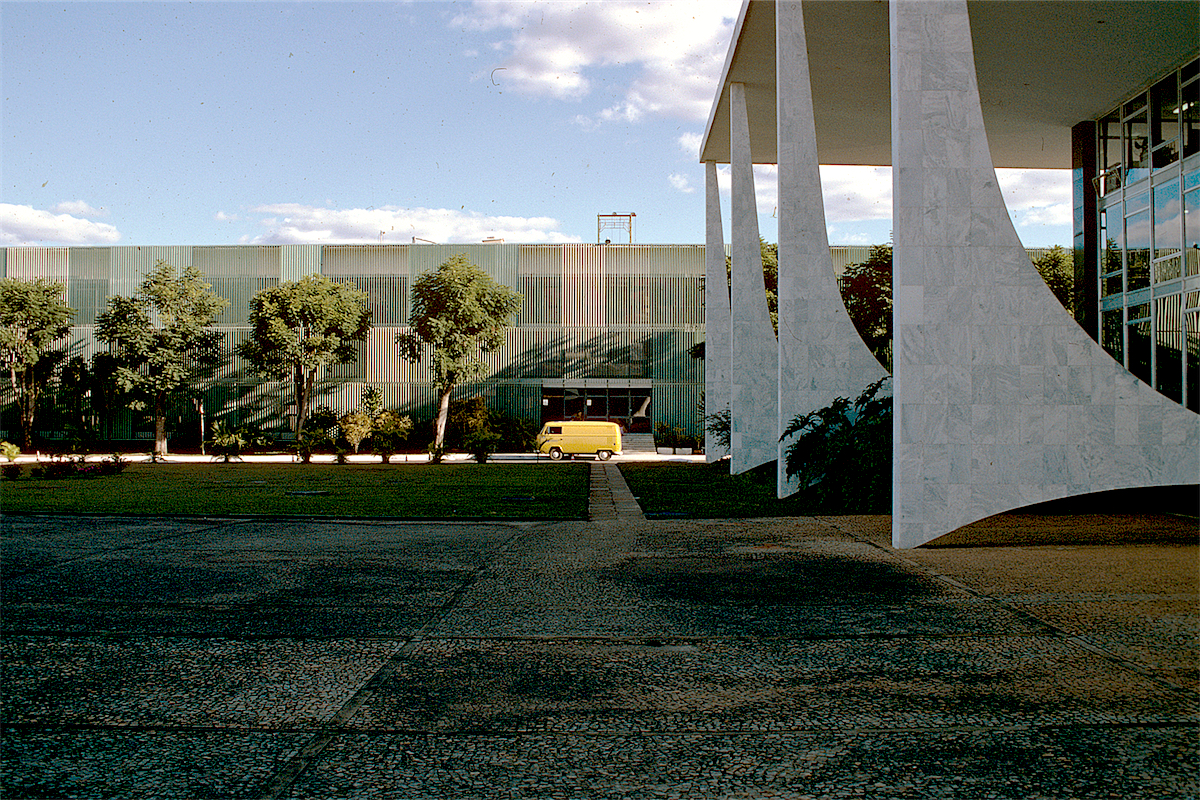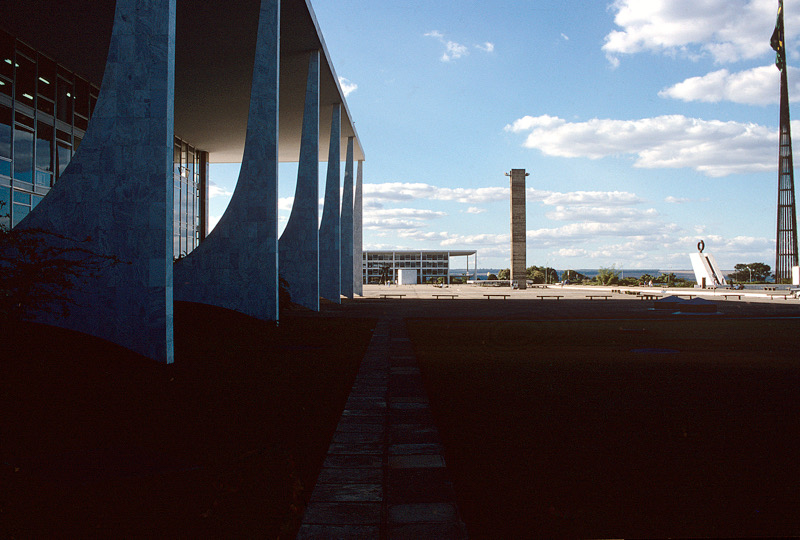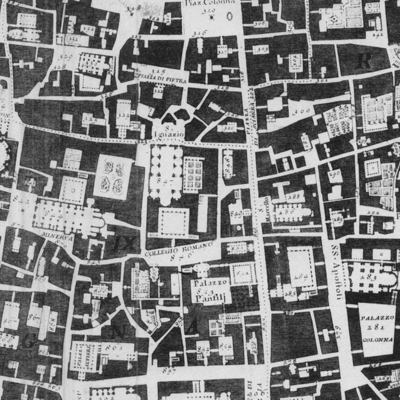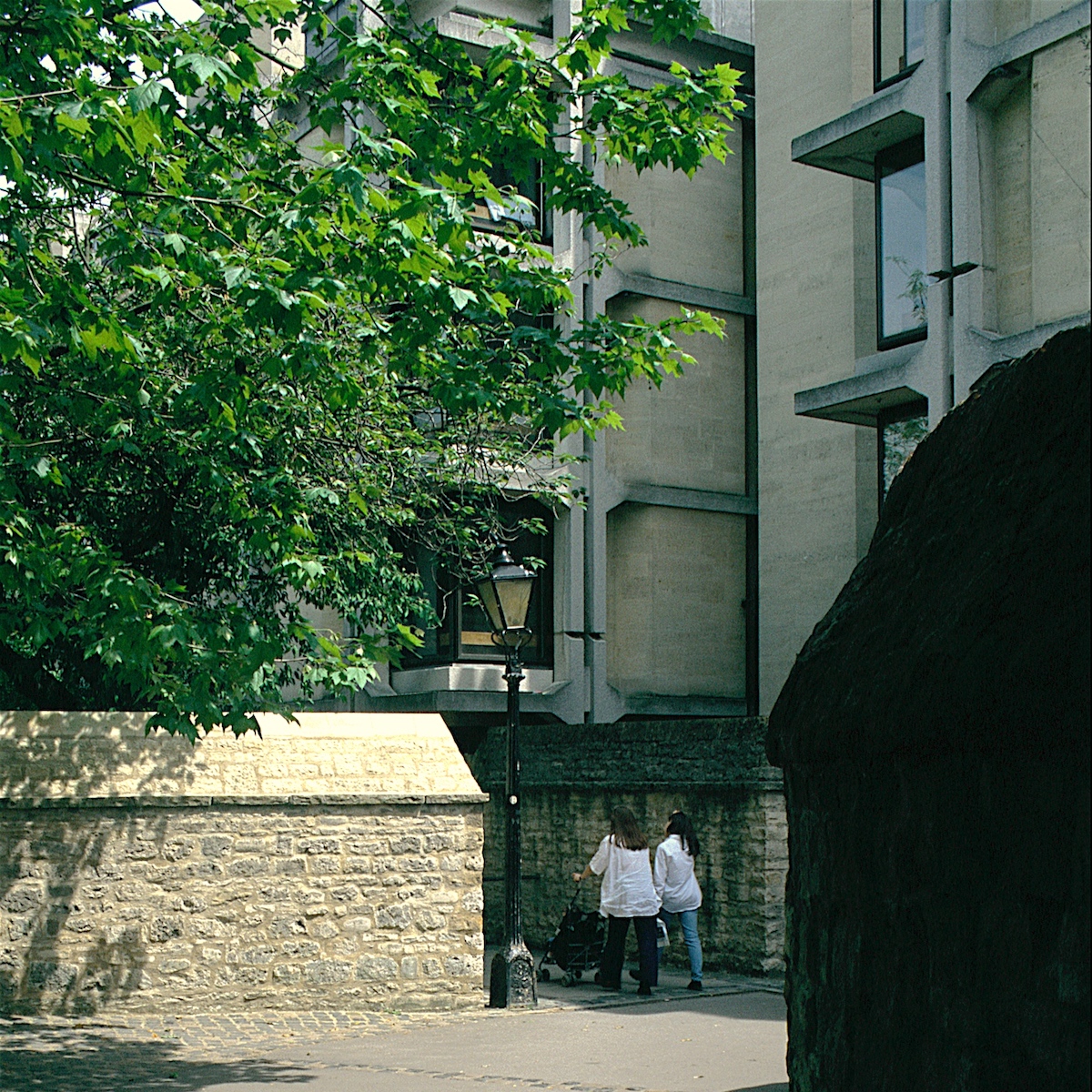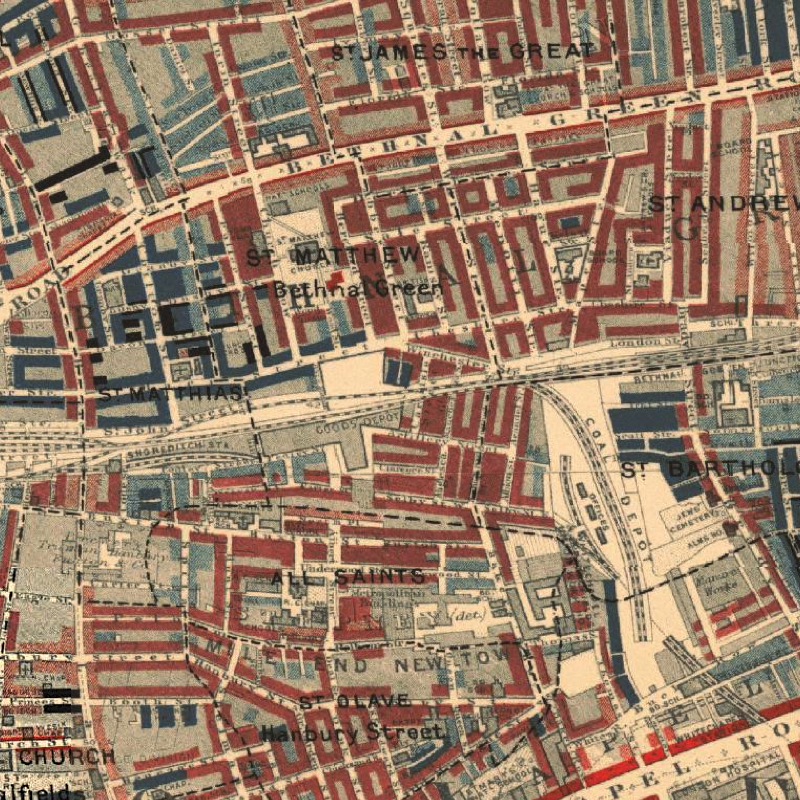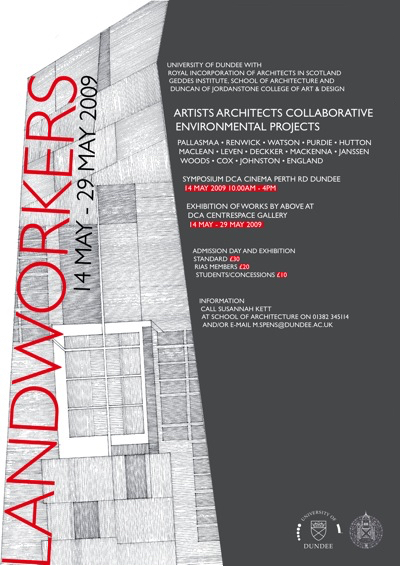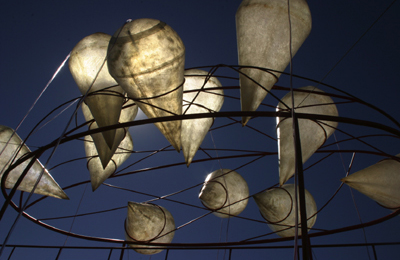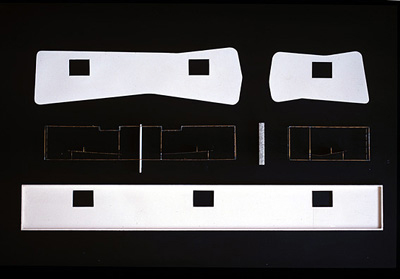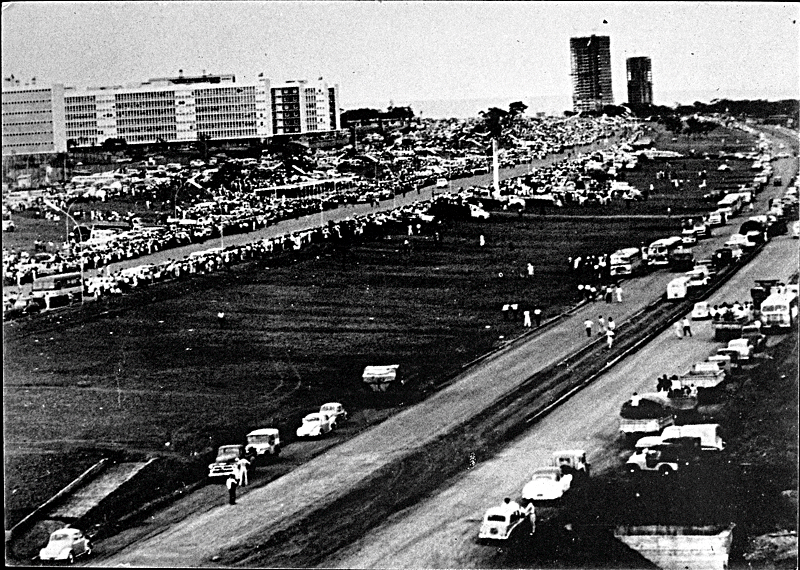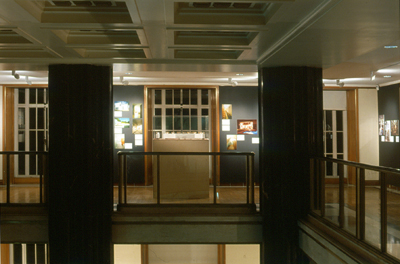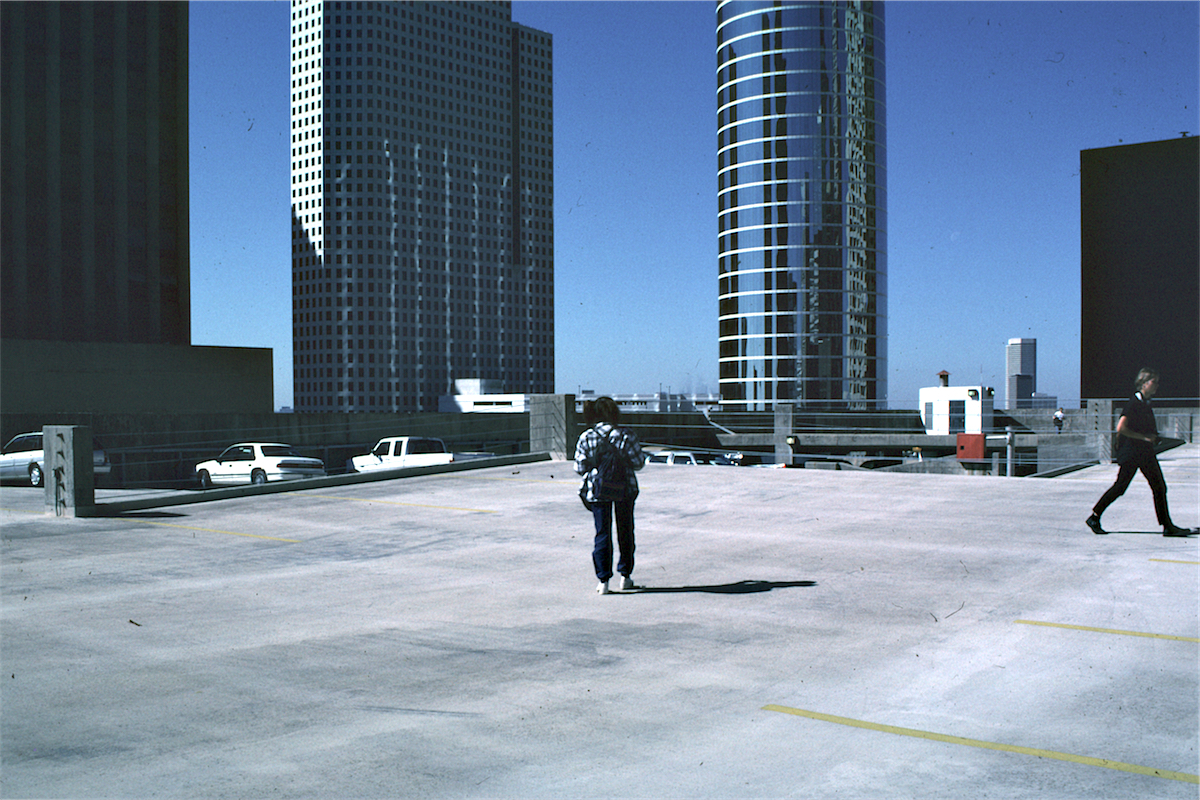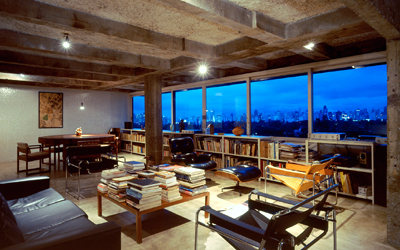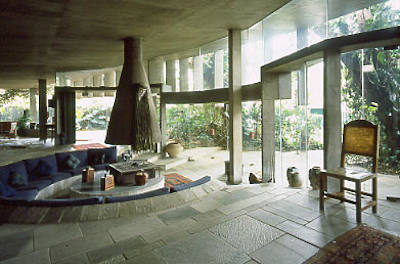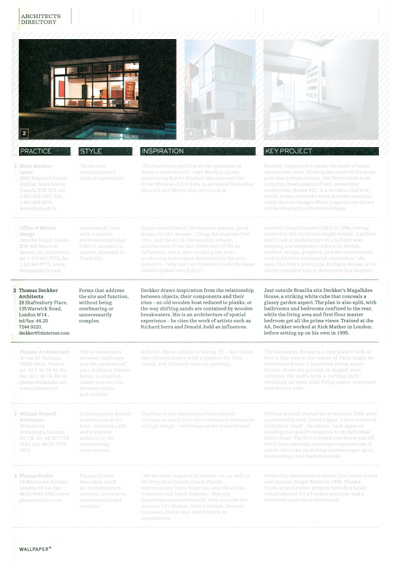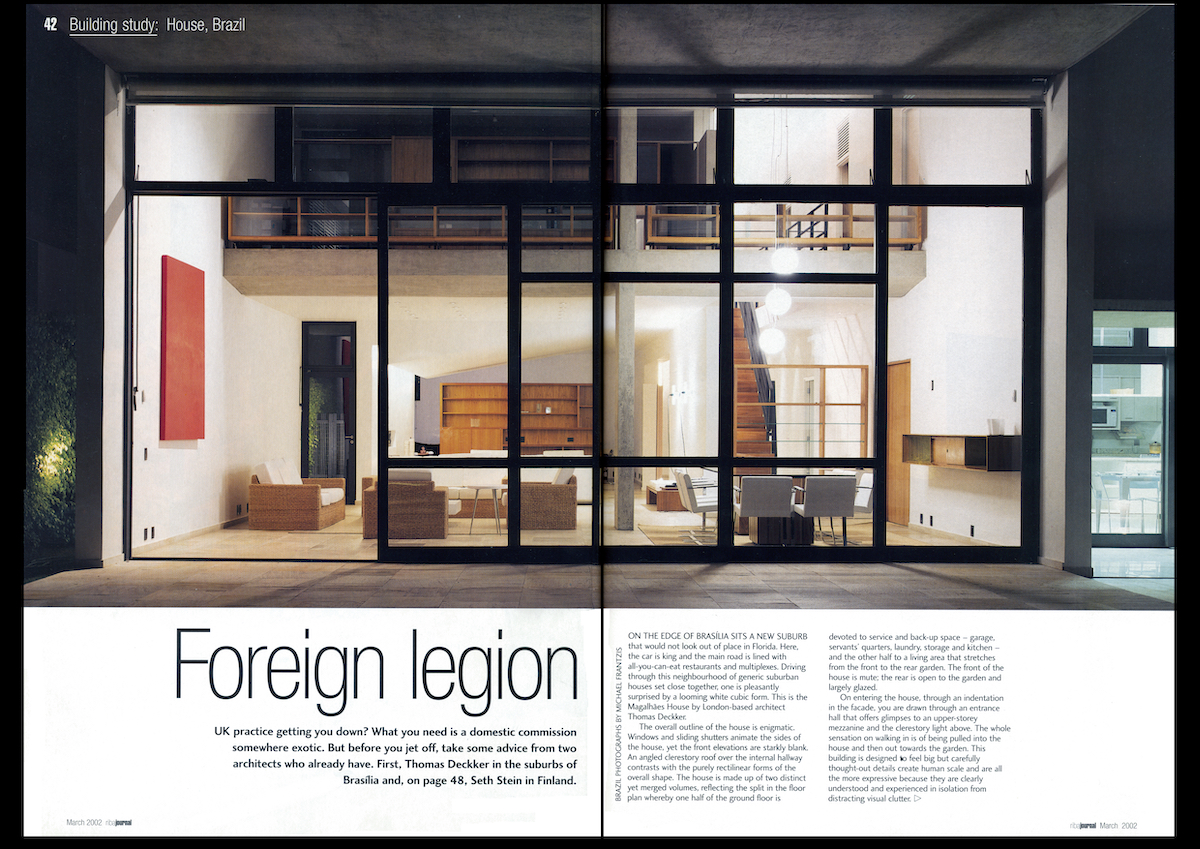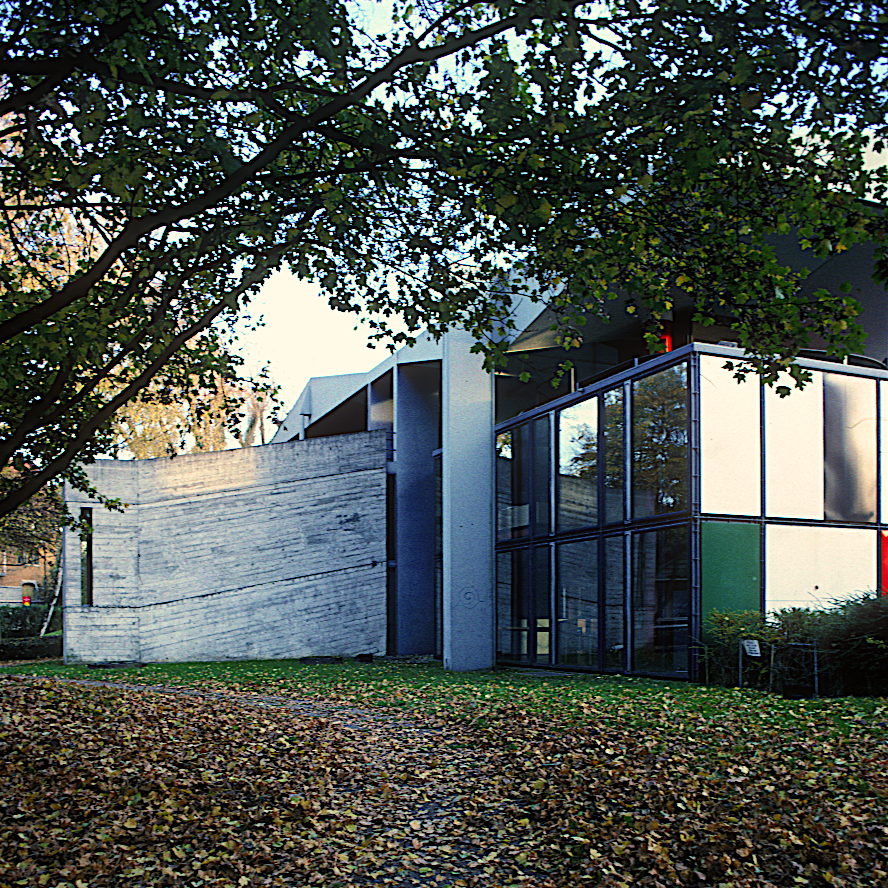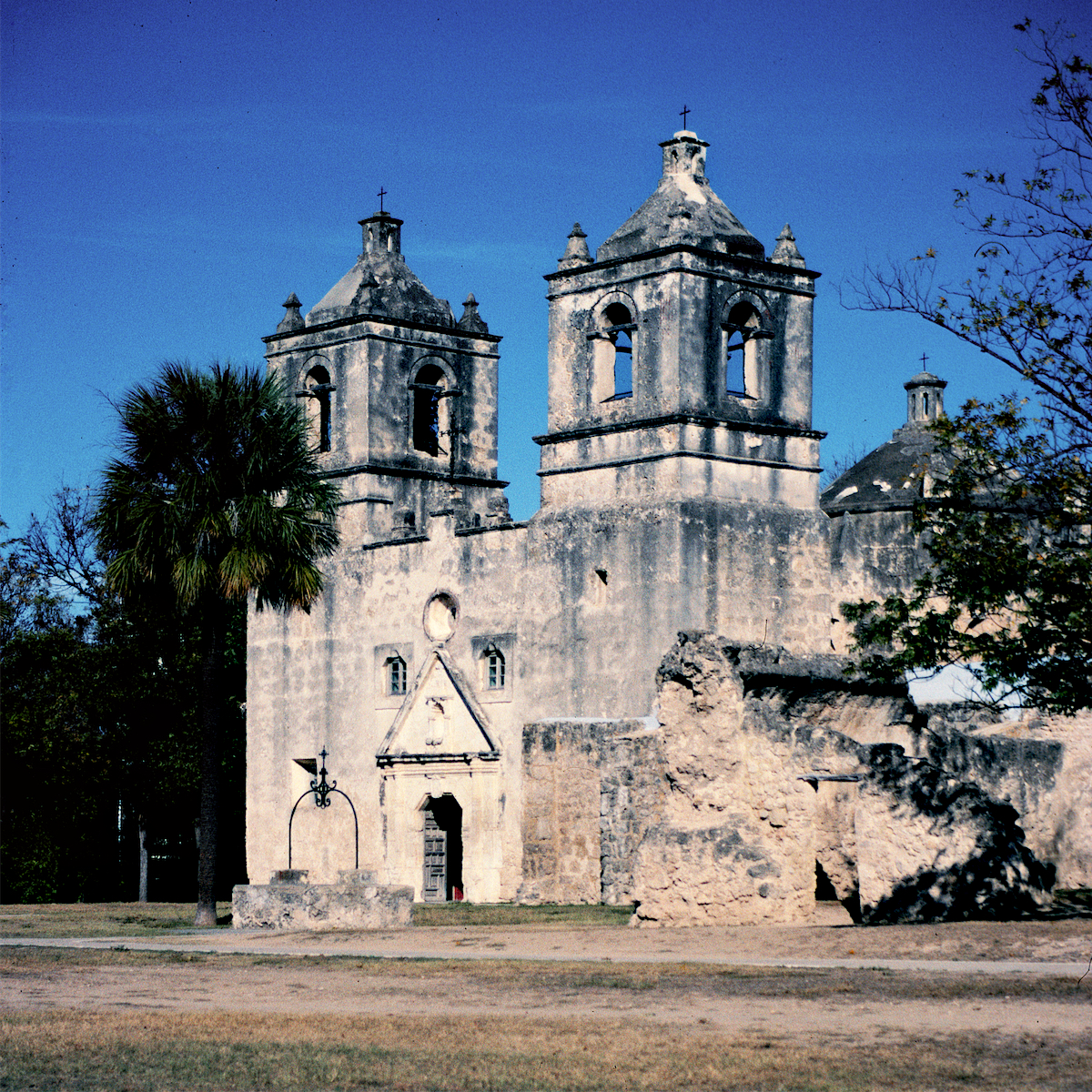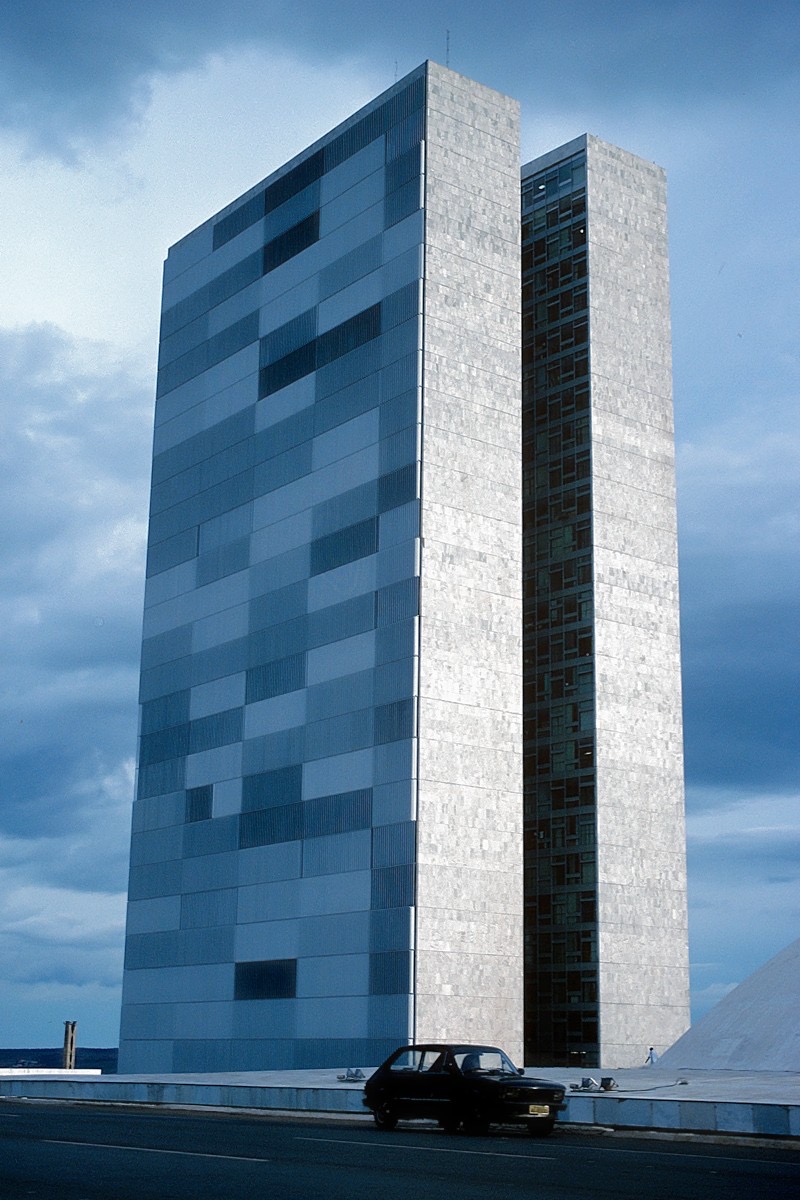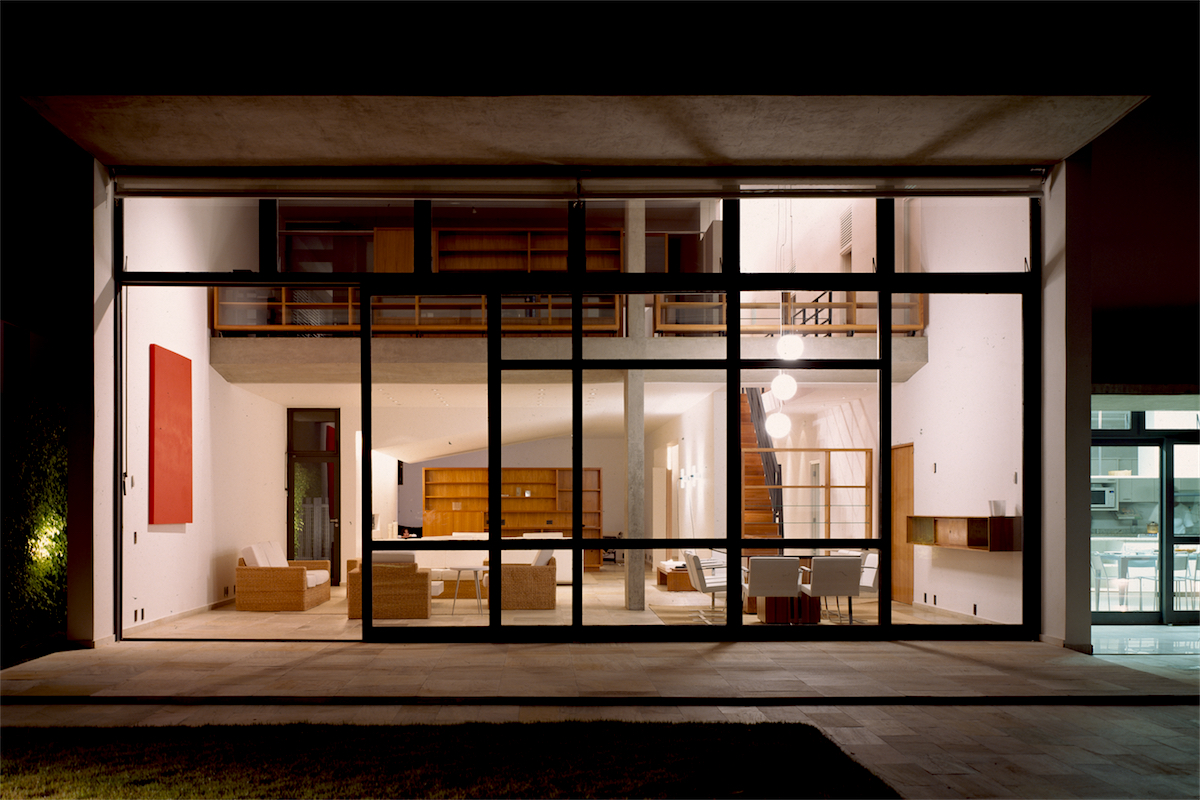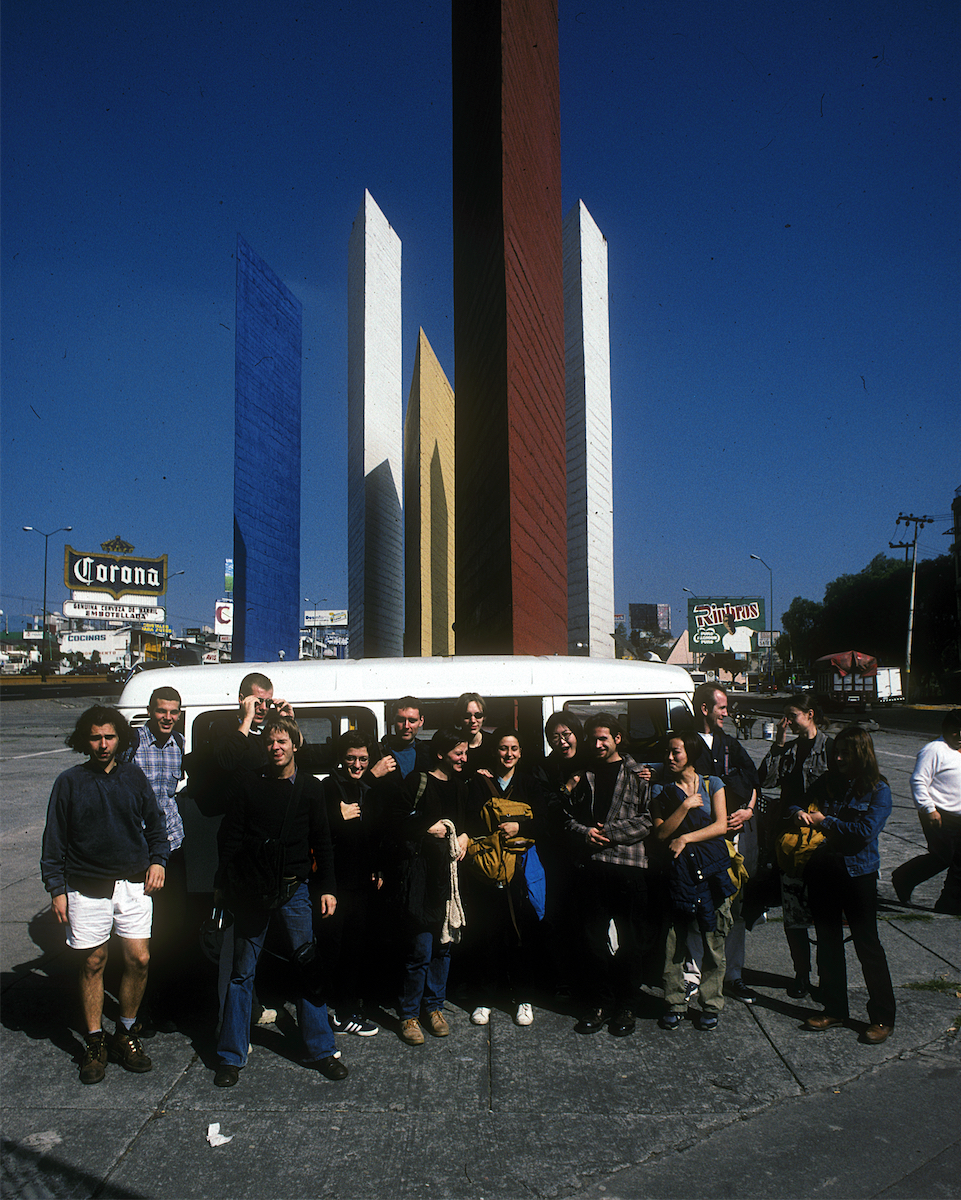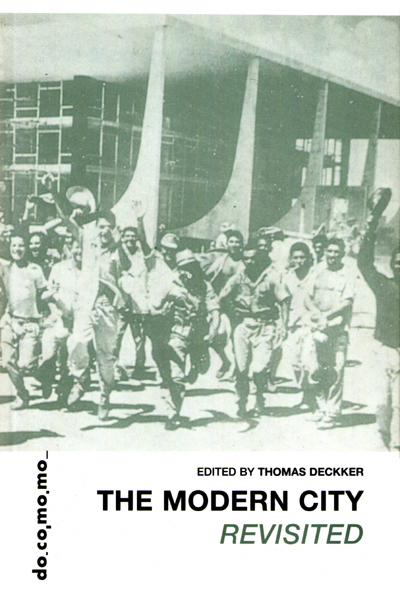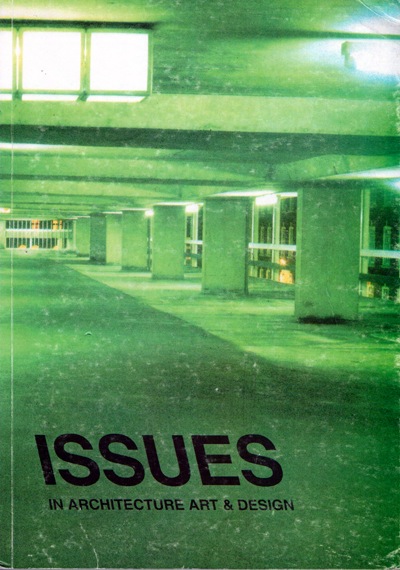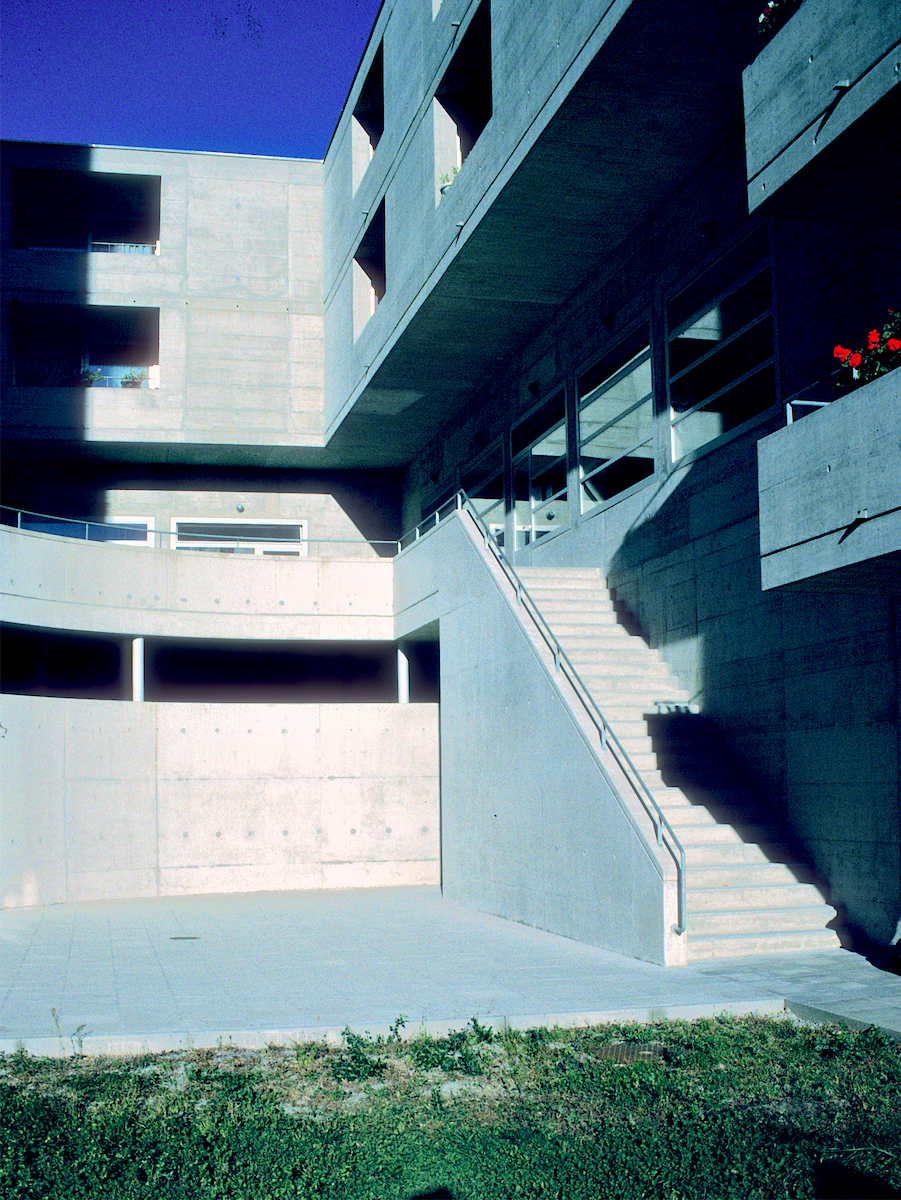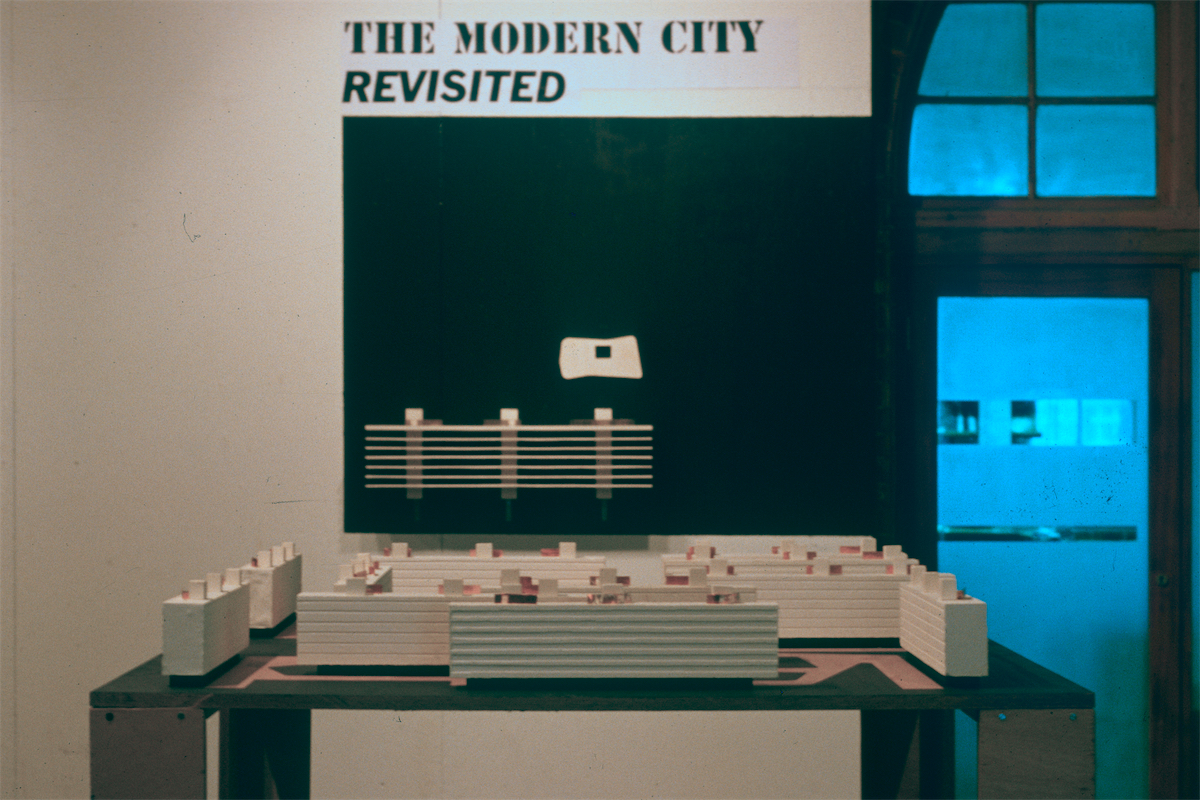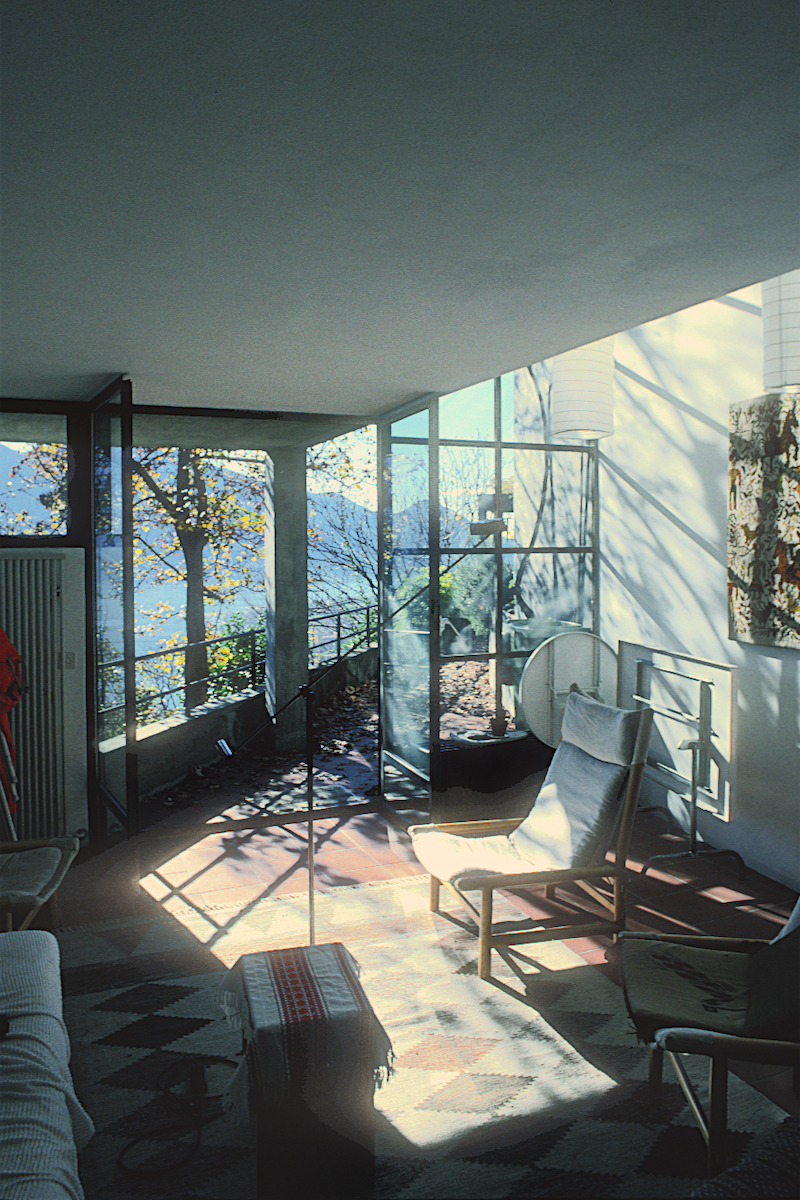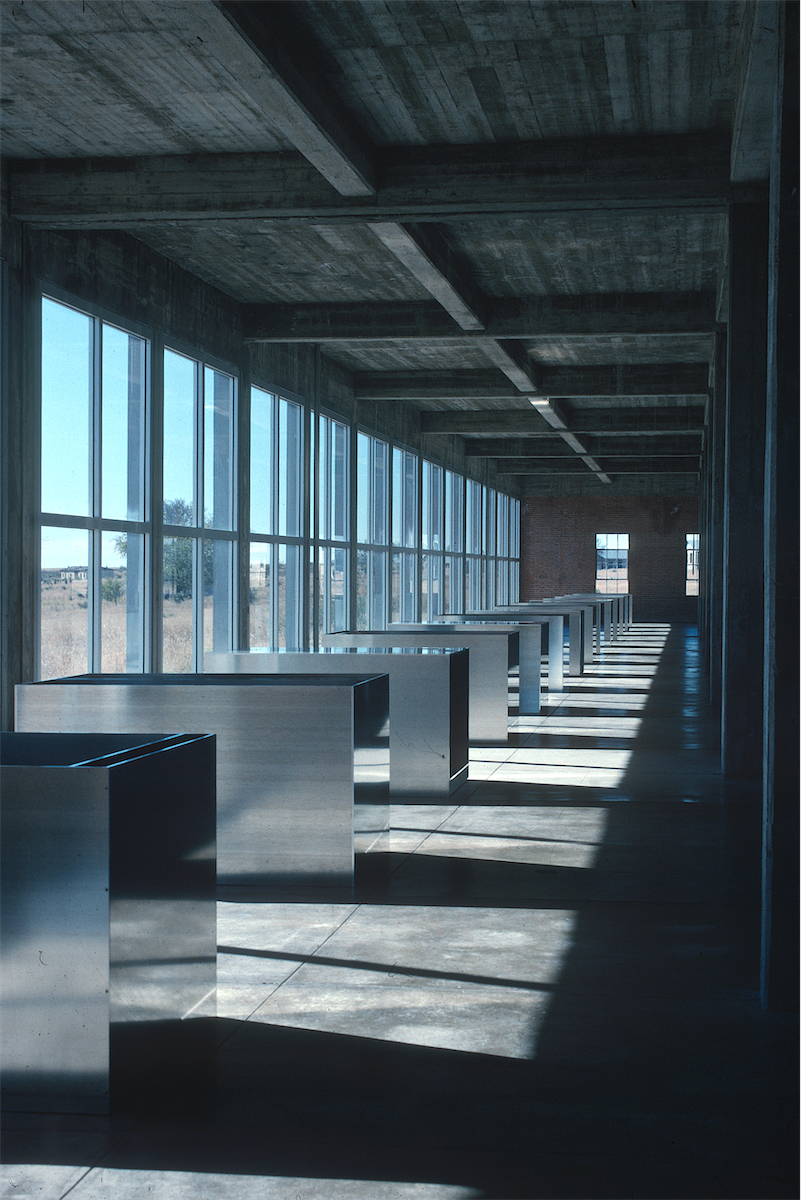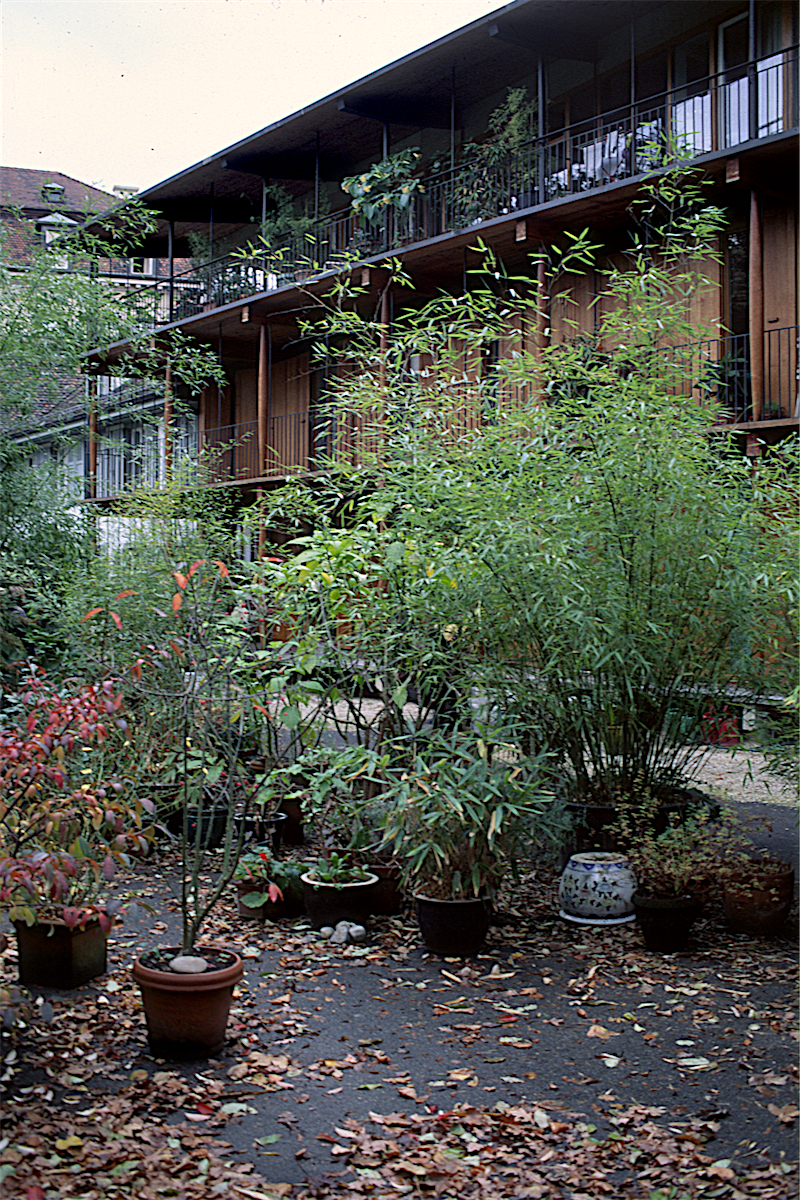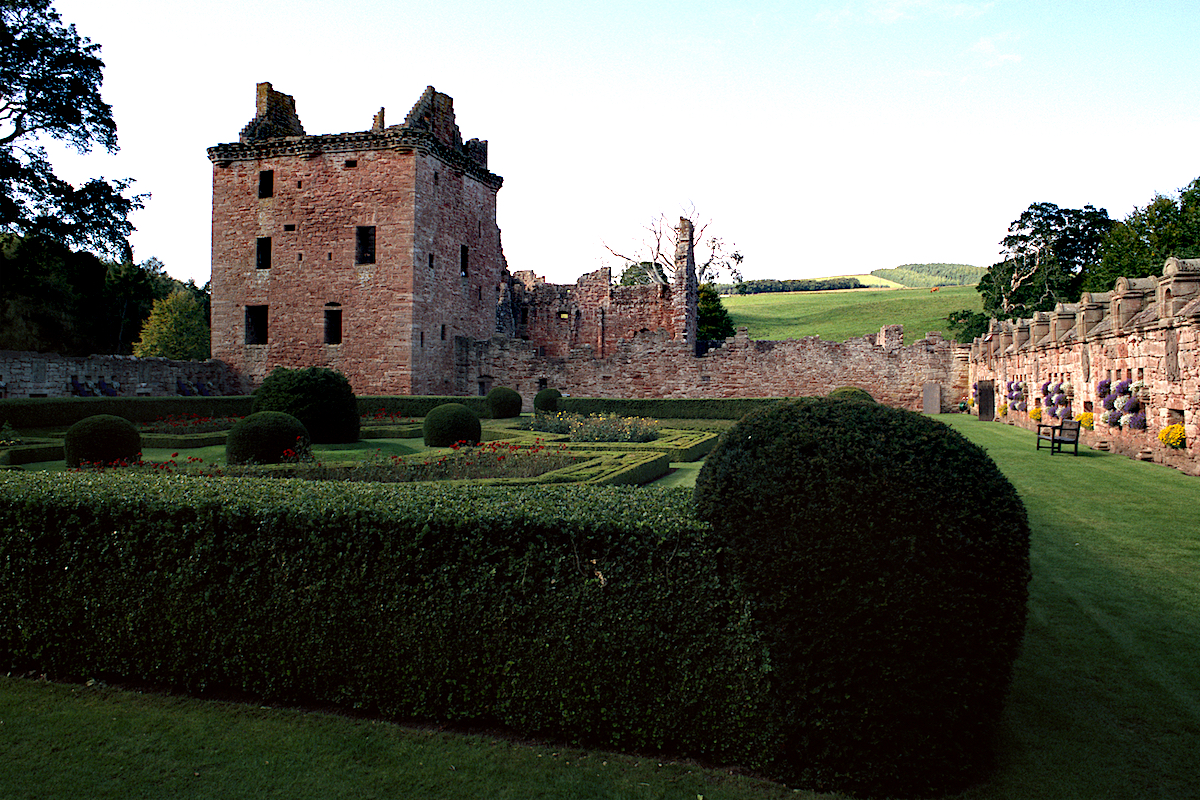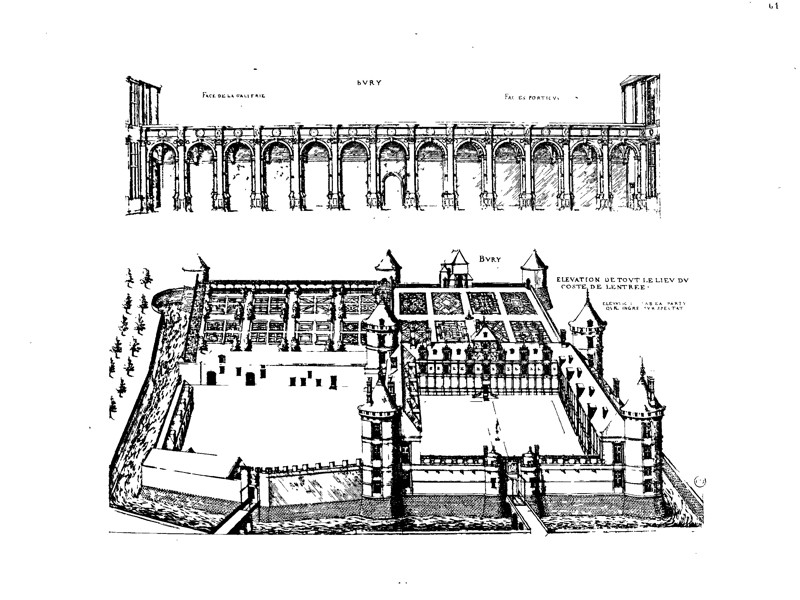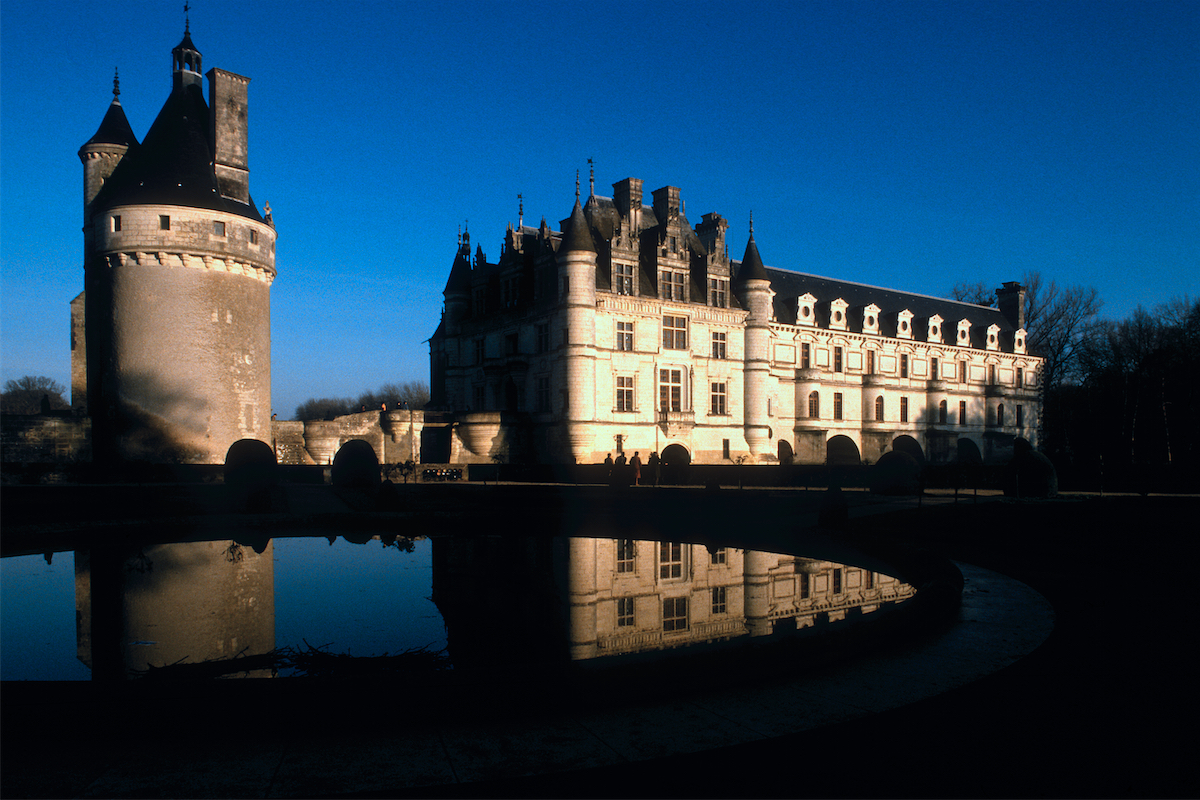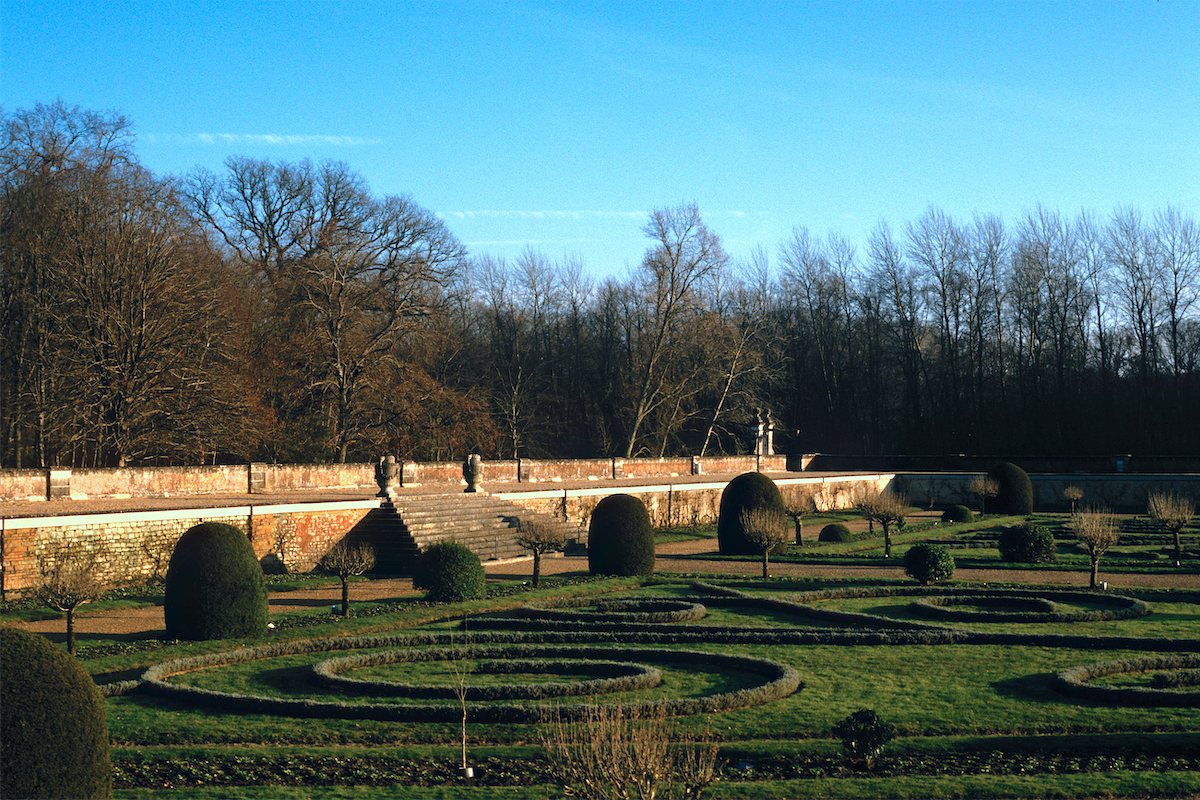Edzell Castle: Architectural Treatises in Late 16th Century Scotland
Garden History Society 2014
Arquivo Brasília
Sala Martins Penna
Teatro Nacional Cláudio Santoro
Brasília
19-20 April 2005
Brasília
Canberra / Brasília
Canberra Contemporary Art Space [Canberra: CASC 2001]
Herzog & deMeuron
Issues in Architecture Art & Design vol. 3 no. 2 [University of East London 1994]
The Garden of Edzell Castle from the Ruined Bath House
photograph © Thomas Deckker 2014
Edzell Castle: Architectural Treatises in Late 16th Century Scotland
Garden History Society 2014
David Lindsay's garden at Edzell Castle was part of a larger enterprise of novel and sophisticated ideas - on architecture, gardening, cooking, hygiene and even mining - that transformed Scottish culture at the end of the sixteenth century. Scottish nobles looked, for a cultural model, to their peers in France, especially the Loire Valley and the Île-de-France, where a distinctively French culture had emerged among a new class of educated nobles, courtiers and administrators earlier in the century; they mixed a progressive development of the arts of civilisation with symbolic forms derived from the feudal past, to emphasise their - in many cases mythical - lineage.
The Garden of Edzell Castle
photograph © Thomas Deckker 2014
Through a detailed examination of the remains of the castle and its grounds, and from documentary sources from the Balcarrres Heritage Trust, Thomas Deckker shows that David Lindsay consciously sought out treatises from France not only on architecture such as Le Capitaine de Jerosme Cataneo by Girolamo Cataneo and Les plus excellents Bastiments de France by Jacques Androuet du Cerceau but also on husbandry and housewifery such as La Maison rustique by Charles Estienne.
Thomas Deckker has made a special study of French Renaissance chateaux and gardens.
Château de Bury
Jacques Androuet du Cerceau: Les plus excellents Bastiments de France
Château de Chenonceau
photograph © Thomas Deckker 1987
Château de Chenonceau
photograph © Thomas Deckker 1987
